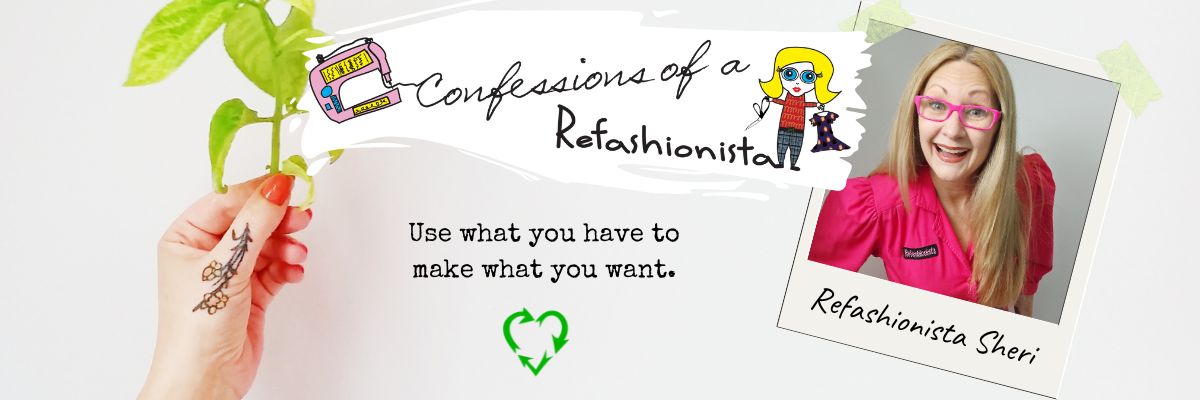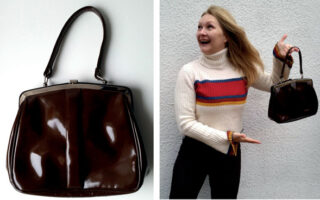I recently gave a presentation about the awesomeness of sustainable secondhand fashion and, during the Q&A, was shocked to hear that not only do people bypass preloved garments because they (falsely) believe them to be unhygienic but many in the audience admitted to avoiding thrift shops altogether because of the “musty smells”.
I’ve been thrifting for decades and, thanks to my world-living adventures, have visited secondhand shops in several different countries. Although each shop was full of unique items they all shared that wonderfully distinct “thrift shop smell” – an aroma I find absolutely delightful compared to the chemical reek of department and retail stores (+ walking past those overly fragrant make-up counters and bath & body boutiques is enough to make anyone gag).
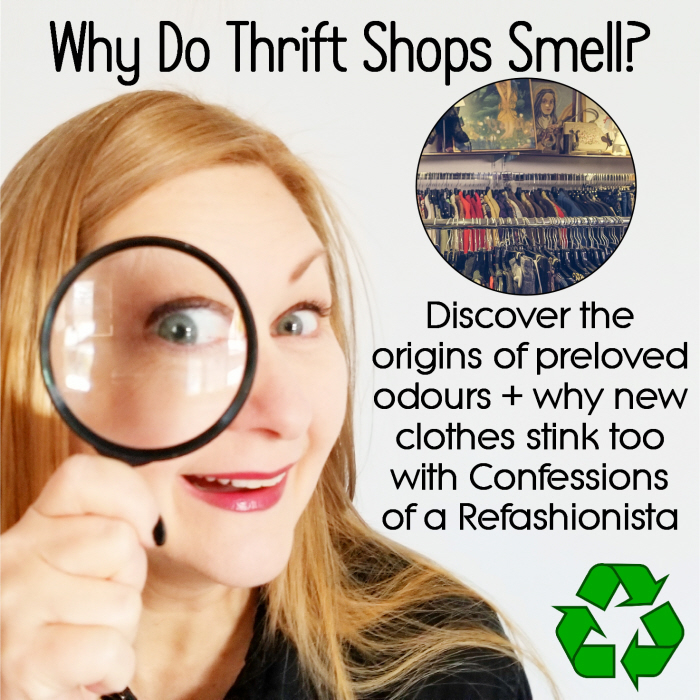
Let’s find out just what causes that recognizable secondhand smell + the harmful chemicals lurking in those brand new garments too!

The source of secondhand odours makes perfect sense when broken down by the scientists at Procter & Gamble: over 65% of vintage smells are comprised of the body’s that wore the garments such as skin, sweat & natural oils. The remaining nasty nose pollutants are made up of the environmental contaminants clothing is exposed to over time such as vehicle exhaust, gasoline, detergents, food and perfumes.
Although these odours may be unpleasant they aren’t dangerous and are generally quite easy to remove with a few natural products from your kitchen. Grab my top cleaning and laundry tips here. The scientific descriptions of these smells are very natural too: sweet, sour, oily, herbal, fatty, whiskey, nutty, cheesy, sweaty, stinky feet, fermented and bready.
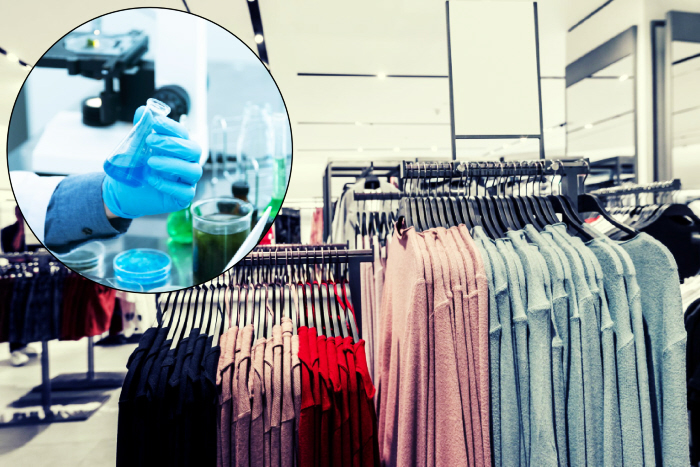
The chemical or plastic smell that most brand new garments have is your first clue that they may contain harmful chemicals such as:
– Formaldehyde is a flammable gas, most frequently associated with embalming, it is added to fabric to keep it free of static, wrinkles and stains. This strong smelling chemical is difficult to remove and remains in clothing for several washes.
– PFAS (perfluoroalkyl & polyfluoroalkyl substances) are a toxic class of chemical found in waterproof & stain resistant materials.
– Azo dyes are the most common form of blue dye used in the textile industry. As azo dyes are known to release amines, cancer-causing chemicals, they have been banned in several countries. Unfortunately they are still used.
– Phthalates are categorized with industrial chemicals and solvents, are used to make plastics flexible & long lasting and have been found in denim, rain gear and faux leather.
– Hexavalent chromium is a compound used in textile and leather production. This chemical can cause skin irritation, damage to the respiratory tract and is considered dangerous to human health. In 2014 products containing hexavalent chromium were banned from entering the EU.
– NPEs (Nonylphenol Ethoxylates) are a category of common ingredients found in many of the chemical formulations used to manufacture clothing and detergents. These chemicals have been associated with reproductive and developmental issues in rodents and have even been found in human breast milk, blood, and urine. Once NPEs are washed off of clothing they can spread into waterways which poses a high risk to aquatic life. NPEs have been banned in the EU since 2004.
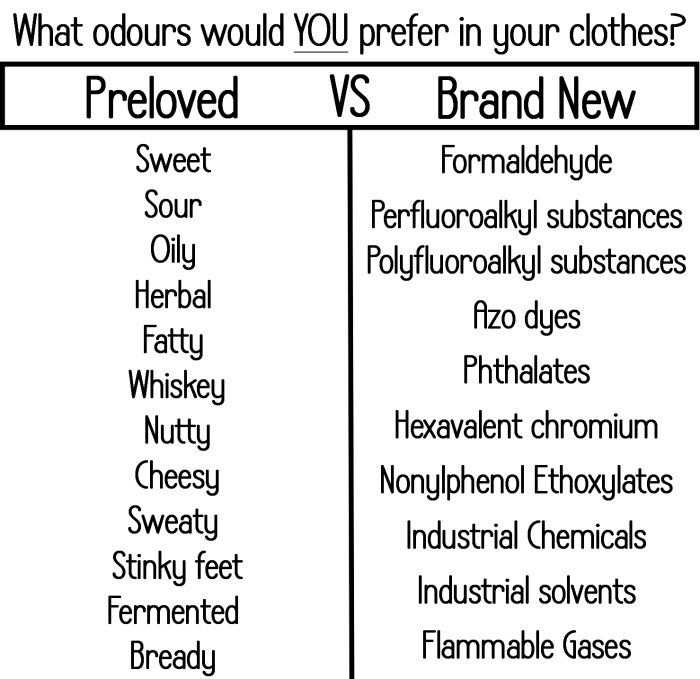
Reusing what you already have in your closet, shopping preloved and refashioning are a marvelous start to a wardrobe full of truly sustainable fashion that reflects your own unique style!
Discover how to use what you have to create what you want at RefashionistaSheri.com
